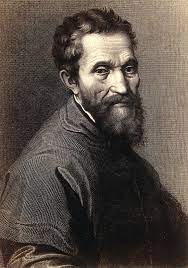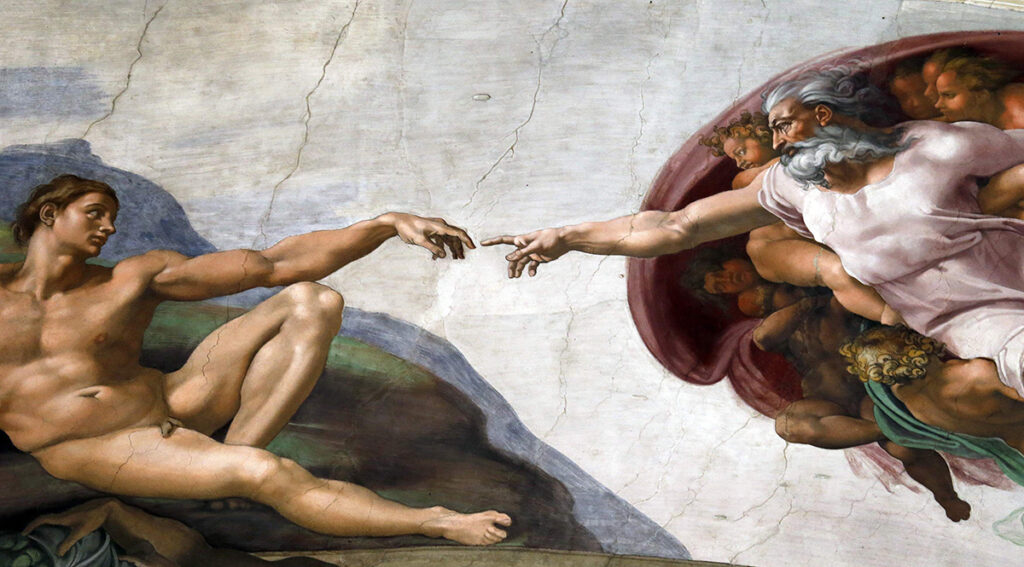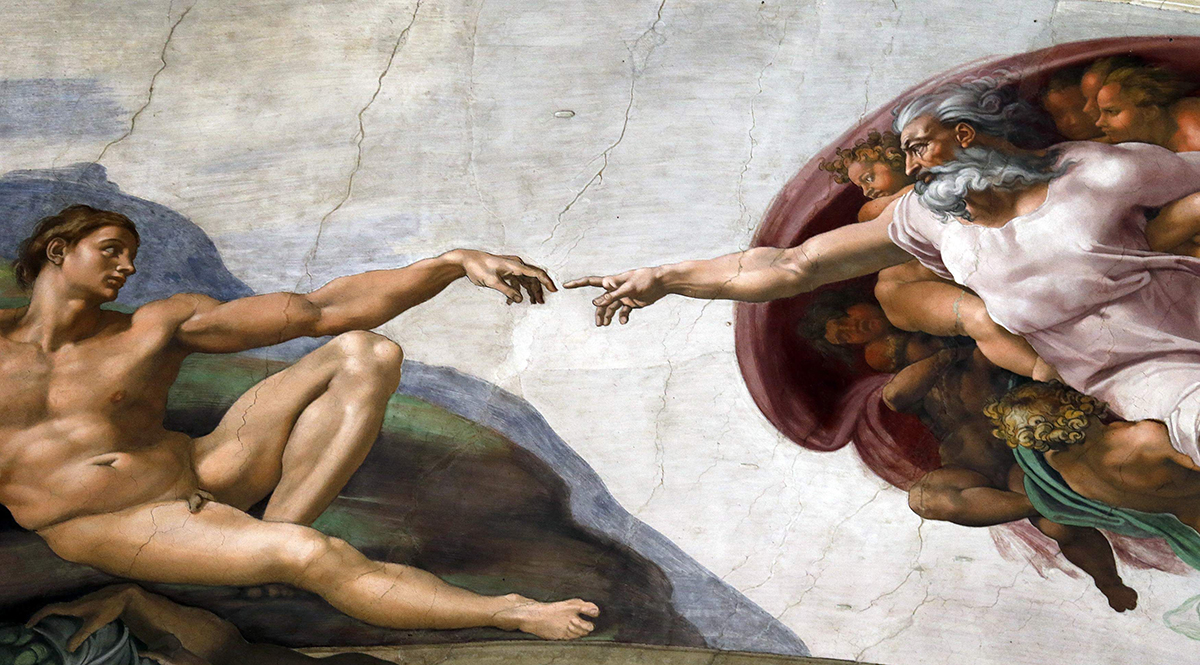Michelangelo: The Power of Hard Work, Craftsmanship, and Leverage
Recently, I read the following quote from Michelangelo himself:
If people knew how hard I worked to get my mastery, it wouldn’t seem so wonderful after all.
Michelangelo
And it inspired me to learn more about his life, his work and his exceptional talents. I decided to share my learnings with you in this article.
Was Michelangelo an artist?
Michelangelo is widely regarded as one of the greatest artists of all time, known for his iconic sculptures, paintings, and architecture. While many attribute his success to innate talent, what is often overlooked is his incredible work ethic and dedication to his craft. Michelangelo believed that hard work was essential to achieving greatness, and he demonstrated this through his relentless pursuit of artistic perfection.
In this article, we’ll explore the life and work of Michelangelo, and delve into the ways in which his work ethic and discipline contributed to his success as an artist. We’ll examine his early years as an apprentice, his famous works such as the Sistine Chapel ceiling and the statue of David, and the legacy he left behind as a pioneering figure in the world of art. By the end of this article, you’ll have a newfound appreciation for the importance of hard work in achieving success, and how Michelangelo’s example can inspire us all to strive for greatness in our own endeavors.
Early Life and Apprenticeship

Michelangelo Buonarroti was born on March 6, 1475, in Caprese, Italy. His family was of minor nobility, but they were not particularly wealthy, and Michelangelo’s father, Ludovico, worked as a government administrator. From a young age, Michelangelo showed a keen interest in art, and at the age of 13, he became an apprentice to the painter Domenico Ghirlandaio.
During his time with Ghirlandaio, Michelangelo learned the techniques of fresco painting and drawing, which would prove invaluable later in his career. However, he soon became disillusioned with the limitations of painting, and he began to focus more on sculpture. In 1490, at the age of 15, he was invited to study at the Medici household in Florence, where he was exposed to the works of some of the greatest artists of the day, including Donatello and Ghiberti.
It was during this time that Michelangelo began to develop his own distinctive style, characterized by a deep understanding of human anatomy and a remarkable ability to convey emotion and movement through his sculptures. Despite his young age, he quickly gained a reputation as a talented artist, and his work began to attract the attention of wealthy patrons who were eager to commission pieces from him. Michelangelo’s apprenticeship with Ghirlandaio and his exposure to the great masters of his time set the stage for his remarkable career as one of the most influential artists in history.
The Making of a Masterpiece
Michelangelo’s artistic career spanned over six decades, during which he created some of the most iconic and influential works of art in history. One of his most famous masterpieces is the ceiling of the Sistine Chapel in Rome, which he worked on from 1508 to 1512.

The project was commissioned by Pope Julius II, and Michelangelo was initially reluctant to accept the job. He considered himself a sculptor rather than a painter, and he had no experience working on such a large scale. However, he eventually agreed to take on the project, and he spent the next four years working tirelessly to create one of the most remarkable works of art ever produced.
To create the ceiling, Michelangelo had to use a special type of scaffolding that he designed himself, which allowed him to work while lying on his back. He began by painting the blue sky, followed by the creation of over 300 figures, including scenes from the Old Testament and depictions of various saints and prophets. The centerpiece of the ceiling is the iconic image of God reaching out to touch the hand of Adam, which has become one of the most recognizable and influential images in the history of art.
The making of the Sistine Chapel ceiling was a grueling and physically demanding process that required Michelangelo to work in uncomfortable positions for long hours. However, his dedication and hard work paid off, and the finished product remains one of the greatest masterpieces of all time. The Sistine Chapel ceiling is a testament to Michelangelo’s extraordinary talent, his remarkable work ethic, and his unwavering commitment to creating art of the highest possible quality.
Michelangelo’s Hard Work
Michelangelo’s talent was undeniable, but his success was also due to his tireless work ethic. He was known for his incredible dedication to his craft, often working for long hours without rest or breaks. According to some accounts, he would work for days on end, surviving only on a piece of bread and a glass of wine each day.
He believed that success was not just about talent, but also about hard work and perseverance. Michelangelo once famously said, “If people knew how hard I had to work to gain my mastery, it wouldn’t seem so wonderful at all.” He believed that true greatness could only be achieved through hard work, and he was willing to put in the time and effort required to achieve his goals.
In addition to his incredible work ethic, Michelangelo was also a perfectionist. He would often spend hours on a single brushstroke or detail, striving for perfection in every aspect of his work. He would frequently go back and make changes to his pieces, even after they had been completed, in order to achieve the level of perfection he desired.
Despite his grueling work schedule and perfectionist tendencies, Michelangelo remained dedicated to his craft throughout his life. He continued to work on new projects until his death at the age of 88, leaving behind a legacy of unparalleled artistic achievement and an enduring testament to the power of hard work and dedication.
The Power of Leverage
One of the reasons Michelangelo was able to create so many masterpieces was his ability to leverage his skills and resources. While he was undoubtedly a skilled artist in his own right, he recognized the value of surrounding himself with talented individuals who could help bring his vision to life.
For example, when he was commissioned to paint the Sistine Chapel ceiling, he knew he couldn’t complete the project alone. Instead, he enlisted a team of skilled assistants to help him complete the work. While he painted the more prominent scenes and figures, his assistants filled in the surrounding details and background elements.
By leveraging the skills and resources of his team, Michelangelo was able to complete the Sistine Chapel ceiling in just four years – an incredibly short amount of time given the scale and complexity of the project. This demonstrates the power of leveraging resources to achieve great things, and highlights the importance of recognizing and utilizing the strengths of those around us.
Michelangelo’s ability to leverage his resources didn’t just extend to his artistic endeavors. He was also a skilled negotiator, and was known for his ability to secure favorable contracts and commissions from his patrons. He recognized the value of his work and was able to use this knowledge to negotiate favorable terms, including higher pay and greater artistic control. This further highlights the power of leverage in achieving success and highlights the importance of being able to recognize and negotiate for the value of our own skills and contributions.
The Power of Visualization
Another of his famous quote:
I saw the angel in the marble and carved until I set him free.
Michelangelo
This quote speaks to the power of visualization in achieving great things. Before Michelangelo began carving, he already had a clear vision of what he wanted to create, and he was able to hold that image in his mind as he worked tirelessly to bring it to life. This ability to visualize the end result and stay focused on it despite the obstacles and challenges that arise is what sets successful people apart from those who never quite achieve their goals.

Visualization is a powerful tool that can help anyone achieve their desired outcome, whether it’s creating a work of art or achieving a personal or professional goal. By imagining the end result and holding that vision in your mind, you can stay motivated and focused on what you want to achieve, even when the path forward seems unclear or difficult. Michelangelo’s approach reminds us that with hard work, determination, and the power of visualization, we too can bring our visions to life and achieve greatness.
Legacy and Impact
Michelangelo’s legacy and impact on the world of art cannot be overstated. His masterpieces have been celebrated for centuries, and continue to inspire and captivate people around the globe.
Not only was he a master of various mediums, including painting, sculpture, and architecture, but he also pushed the boundaries of what was considered possible in his time. His work on the Sistine Chapel ceiling is a prime example of this, as it was one of the largest and most ambitious works of art of its time.
Michelangelo’s influence can also be seen in the work of countless artists who came after him. His use of light and shadow, his attention to detail, and his ability to capture the human form with such realism have all influenced artists for centuries to come.
Furthermore, Michelangelo’s impact extends beyond the world of art. His work as an architect helped shape the city of Rome, and his ideas and philosophies about the role of art in society continue to be studied and debated by scholars and artists alike.
In short, Michelangelo’s hard work, talent, and ability to leverage his resources have left an indelible mark on the world of art and culture. His legacy serves as a reminder of the power of dedication, innovation, and creativity to shape the world around us.
Lessons Learned
There are many lessons that can be learned from Michelangelo’s life and work. One of the most important is the power of hard work and perseverance. Despite the challenges he faced, Michelangelo never gave up on his art, and was always pushing himself to improve and create something truly extraordinary.
Another lesson to be learned from Michelangelo is the importance of learning and honing your craft. He spent years studying the works of other artists, and was constantly experimenting with different techniques and materials in order to improve his skills.
Additionally, Michelangelo’s ability to leverage his resources is a valuable lesson for anyone looking to achieve success. By surrounding himself with a team of skilled artists and craftsmen, he was able to take on larger and more ambitious projects than he ever could have done alone.
Finally, Michelangelo’s legacy reminds us of the power of art to inspire and move people. His work continues to captivate and amaze audiences around the world, and serves as a testament to the enduring power of creativity and beauty.

Leave a Reply